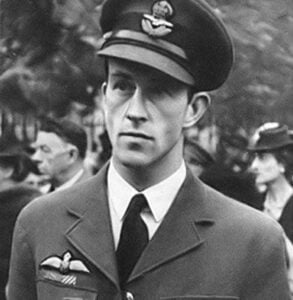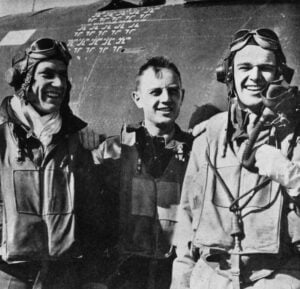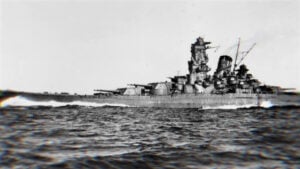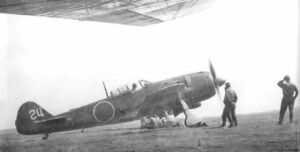5 Things You Never Knew About the B-25 Bomber

YouTube / TJ3 History
The North American B-25 Mitchell is remembered for its bold role in the Doolittle Raid and its reliable service across every major theater of World War II. Yet behind its fame lie details that most histories overlook. Here are five obscure but true facts about one of the most adaptable bombers of the war.

1. The B-25’s Hidden Wing Design Solved a Dangerous Flaw
The earliest B-25s had straight wings with a constant upward angle, or dihedral. Test pilots quickly found that this caused a Dutch roll, a side-to-side oscillation that made precision bombing almost impossible. Engineers corrected it by lowering the outer wing sections, giving the B-25 its unique “reverse gull wing” profile. The change stabilized the aircraft and made it one of the easiest twin-engine bombers to fly.
2. A Doolittle Raider Escaped the Soviets Through a Secret Deal
After the 1942 raid on Tokyo, one B-25 crew led by Captain Edward York landed in the Soviet Union rather than China. The Soviets, bound by a neutrality pact with Japan, interned the men instead of returning them. A year later, Soviet intelligence quietly arranged their escape across the Iranian border under the cover story of a bribed guard. Declassified NKVD files later confirmed it was an officially staged operation meant to preserve relations with Japan.
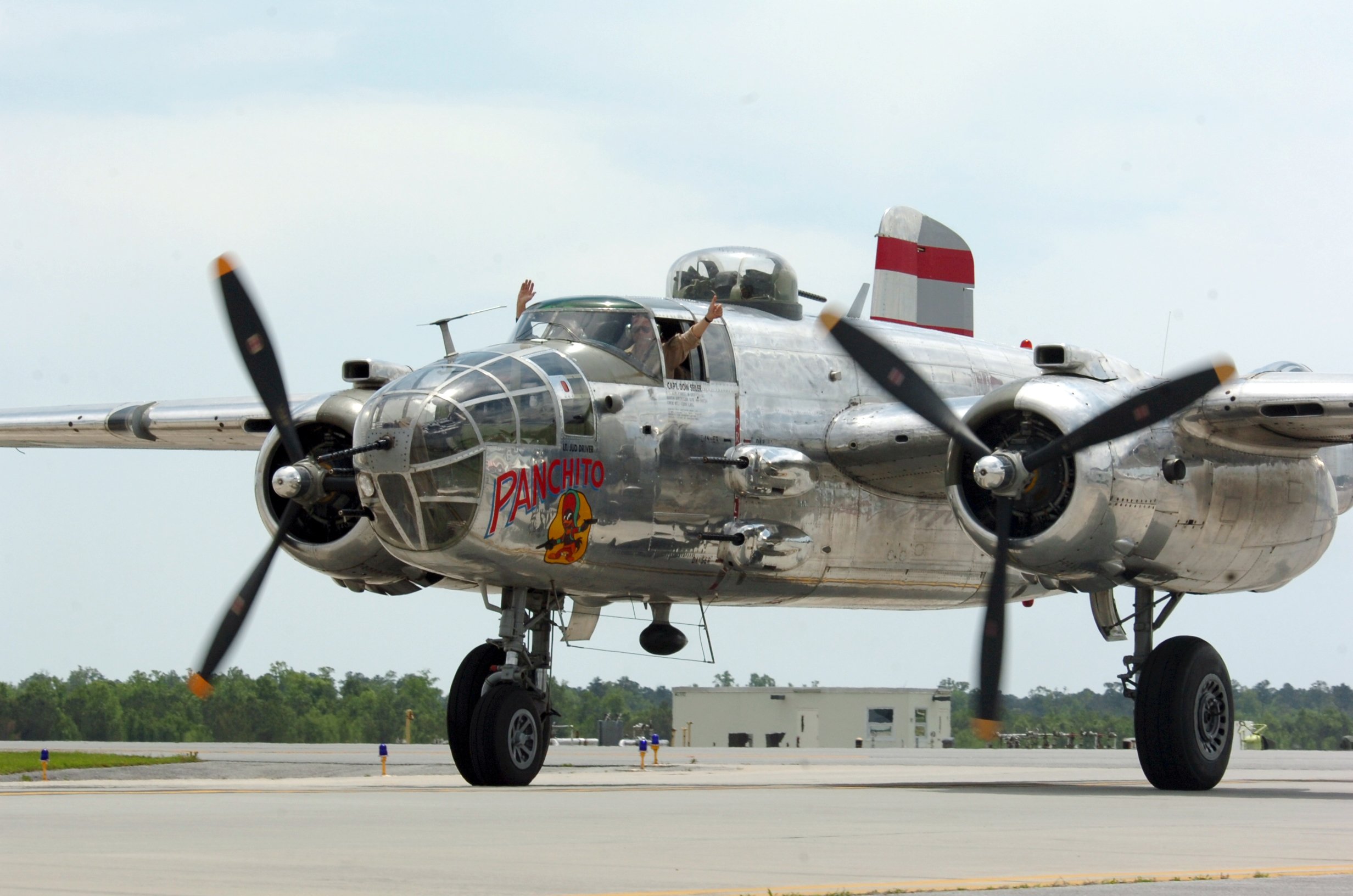
3. The B-25 Permanently Damaged Its Pilots’ Hearing
The bomber’s Wright R-2600 engines sat unusually close to the cockpit, with short individual exhaust stacks for each of the 14 cylinders. The result was a deafening roar only a few feet from the pilots’ heads. Many B-25 airmen suffered permanent hearing loss on one side, depending on which seat they occupied.
4. Pappy Gunn Turned It Into a Flying Gun Platform
In the Pacific, Captain Paul “Pappy” Gunn transformed the B-25 into a low-level attack aircraft. He installed multiple forward-firing machine guns and even cannons in the nose, adding lead ballast in the tail to balance the weight. His field modifications led to official production models like the B-25J, which carried up to twelve .50-caliber guns and could devastate Japanese shipping and airfields with skip-bombing runs.

5. A B-25 Once Crashed Into the Empire State Building
On July 28, 1945, a B-25 flying through heavy fog struck the 79th floor of the Empire State Building. The crash killed 14 people and caused a fire that firefighters extinguished within 40 minutes—the highest structural fire ever contained. Elevator operator Betty Oliver survived a fall from the 75th floor after her damaged elevator cables snapped, setting a record that still stands for the longest survived elevator plunge in history.
The B-25’s story is one of innovation, improvisation, and survival. From experimental wings to secret Soviet deals and record-setting accidents, its legacy reaches far beyond the battlefield.















